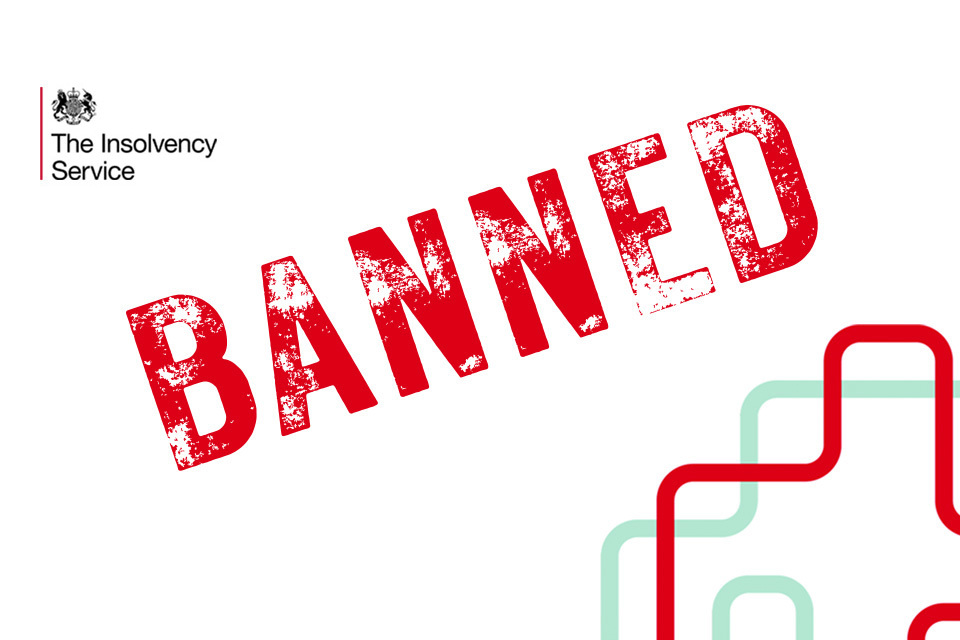Bussiness
The sustainability challenges of high-end real estate on islands – London Business News | Londonlovesbusiness.com

Owning a piece of paradise where the hustle and chaos of the world cannot reach you feels like a dream. Luxury island living offers unparalleled tranquility, but it also demands a delicate balance with the surrounding environment. This balance is particularly evident in developments like those at yoolimassol.com, where the focus on sustainable design allows residents to enjoy Cyprus’ coastal beauty without sacrificing the environment that makes it so appealing.
High-end real estate on islands, luxurious as it may be, comes with a significant ecological cost. It’s a balancing act, a constant struggle between indulgence and responsibility. And, as more people seek out these secluded paradises, developers are forced to confront a difficult question: How do you build luxury on fragile ecosystems without destroying what made them desirable in the first place?
The fragile nature of island ecosystems
Islands are, by their very nature, closed systems. They’re isolated from mainland environments, often evolving unique ecosystems with species that exist nowhere else on Earth. But that very isolation also makes them incredibly vulnerable. When you start introducing luxury developments—expansive homes, resort-like amenities, and all the infrastructure needed to support them—you’re also introducing new pressures.
Building on an island isn’t just about erecting a structure. It’s about making sure there’s access to clean water, electricity, roads, and sewage systems. And on an island, these basic necessities can become Herculean tasks. Freshwater, for example, is often in short supply on islands, meaning that new developments either need to siphon off limited local resources or bring in expensive and environmentally taxing solutions like desalination plants.
Then there’s the issue of waste. On a small island, there’s no easy place to hide garbage or dispose of wastewater, which can quickly lead to pollution in surrounding waters if not handled responsibly.
Despite these challenges, the demand for luxury island homes continues to grow. But the very thing that attracts buyers—the natural beauty, the seclusion, the biodiversity—hangs in the balance. The irony is hard to miss. The wealth that’s being invested in these developments could, if unchecked, lead to the destruction of the paradise that inspired it in the first place.
The growing demand for sustainable development
In response to this growing awareness, developers are starting to shift their approach. Sustainability is no longer just a buzzword; it’s becoming a necessity. But the challenge is making sustainability and luxury coexist in a way that doesn’t feel like a compromise for those buying into these high-end properties.
One of the first shifts we’re seeing is in the materials being used. More and more developers are moving away from concrete jungles and instead focusing on locally sourced, sustainable materials.
Bamboo, for instance, is being used as a primary building material in some developments because it’s fast-growing, renewable, and remarkably strong. The emphasis on natural materials extends beyond the aesthetic—there’s an effort to blend these homes into the environment rather than dominate it. But it’s not just about materials. Sustainable development on islands is increasingly focused on minimizing overall environmental impact from the ground up.
Strategies for sustainable development
Here are several approaches developers are adopting:
- Locally sourced materials: Bamboo, stone, and sustainably harvested wood reduce transportation emissions and help buildings blend naturally into the landscape.
- Renewable energy solutions: Solar panels, wind turbines, and even geothermal energy are being used to power luxury developments, reducing reliance on fossil fuels.
- Energy-efficient designs: Homes are being designed to take advantage of natural lighting and ventilation, minimizing the need for artificial heating, cooling, and lighting systems.
- Prefabricated homes: These homes, built off-site, reduce on-site environmental impact and help minimize waste generated during construction.
Sustainable water solutions in island developments
Developers are incorporating innovative solutions to address water scarcity:
- Rainwater harvesting systems: Capturing and storing rainwater to reduce dependence on island aquifers or imported water.
- Desalination plants: Some developments are investing in desalination plants powered by renewable energy to provide a consistent water source.
- Greywater recycling: Treating and reusing water from showers and sinks for non-potable purposes like irrigation and toilet flushing.
- Drought-resistant landscaping: Using native plants that require minimal water, reducing the need for irrigation in areas where water is scarce.
Protecting biodiversity and ecosystems
Islands are home to some of the most unique ecosystems in the world, but they’re also some of the most fragile. Building on these islands can lead to the destruction of habitats, the introduction of invasive species, and pollution that can devastate local wildlife.
Take coral reefs, for instance. They’re a key attraction for many island developments, offering unparalleled snorkeling and diving experiences. Yet, they’re incredibly delicate. Runoff from construction sites, sewage, and even sunscreen can wreak havoc on these ecosystems. In response, some developers are actively working to restore coral reefs that have been damaged by human activity.
Gabriel Barathieu / Biosphoto / Avalon
Environmental preservation efforts by developers
Developers are employing several strategies to protect and even enhance island ecosystems:
- Coral reef restoration: Implementing coral nurseries to help regenerate damaged reefs and ensure the sustainability of marine biodiversity.
- Mangrove reforestation: Expanding and restoring mangrove forests that protect coastlines from erosion and provide critical habitats for marine life.
- Minimizing light pollution: Reducing artificial lighting near beaches to protect sea turtles, which rely on natural moonlight to guide them back to the ocean after nesting.
- Eco-sensitive construction practices: Employing methods that disturb the environment as little as possible, such as building around existing trees and minimizing land clearance.
Why choose island states for luxury real estate: An environmentally better option
Opting for luxury real estate in island states like Cyprus, the Philippines, or Mauritius is not only a smart investment but also a more environmentally responsible choice compared to developing on small, distant, or secluded islands. Here’s why:
Established infrastructure reduces environmental strain
Island states typically have well-established infrastructure, including roads, energy grids, and waste management systems. n contrast, building on small or remote islands often requires creating infrastructure from scratch—an intensive process that can devastate local ecosystems, disturb wildlife habitats, and lead to increased pollution.
Sustainable practices are more feasible
In island states, sustainable development practices such as renewable energy, water conservation, and eco-friendly materials are easier to implement at scale. Established island nations often have better access to green technology and a greater focus on eco-regulation.
This contrasts sharply with smaller, secluded islands, where the logistics of implementing sustainable practices can be more challenging due to limited resources, making development more harmful to the environment.
Protecting fragile ecosystems
Large island states have more robust ecosystems and biodiversity, meaning development can be more thoughtfully integrated into the landscape without causing extensive harm. Smaller, remote islands often have fragile ecosystems that are highly sensitive to even minimal human interference.










